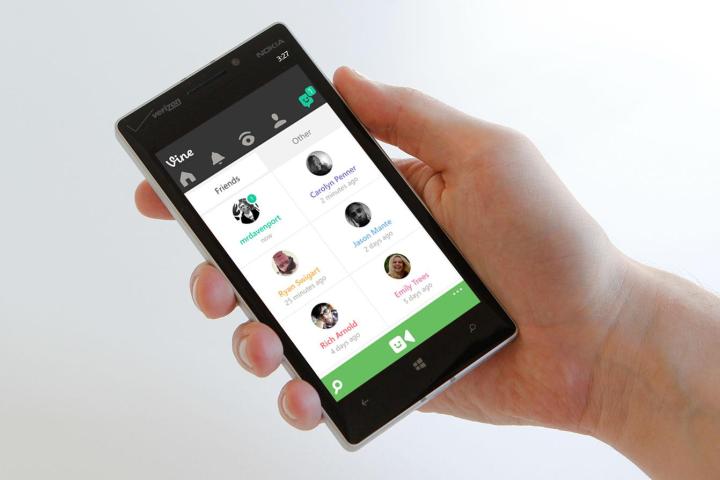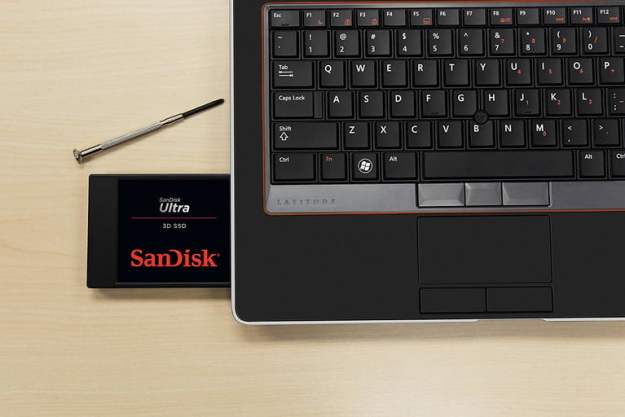
Besides a new look, the revamped app now lets you import existing videos on your smartphone simply by tapping on a new icon located bottom left on the capture screen.
The app’s new editing tools allow you to pick out the best bits to get your video down to that all-important six-second timeframe, and should you need more time to create your masterpiece, you can simply save it in drafts and return to it later.
Vine users on devices running Windows 8.1 can now also share Vines privately via a new messaging feature, so if your short video is a little too racy or just plain embarrassing – but you still want to show it – simply tap the icon top right to choose a contact and fire it off.
Other new features include a redesigned activity feed, profile colors for improved account customization, and the ability to view loop counts for Vines.
Though late in arriving — it’s been more than a year since the last update for Windows Phone users — the upgrade is certainly a significant one that’ll be welcomed by fans of the app, while the increased functionality might also score Twitter-owned Vine some new users on Microsoft’s mobile platform.
[Direct link to Vine for Windows Phone]
Editors' Recommendations
- Microsoft may fix the most frustrating thing about Windows updates
- The latest Windows Update is reportedly causing Starfield problems
- New Kindle Scribe update adds a long-awaited feature
- Editing iMessages on iOS 16 looks like a nightmare when chatting with old iPhones
- Major UI, UX overhaul planned for future Windows 11 update


